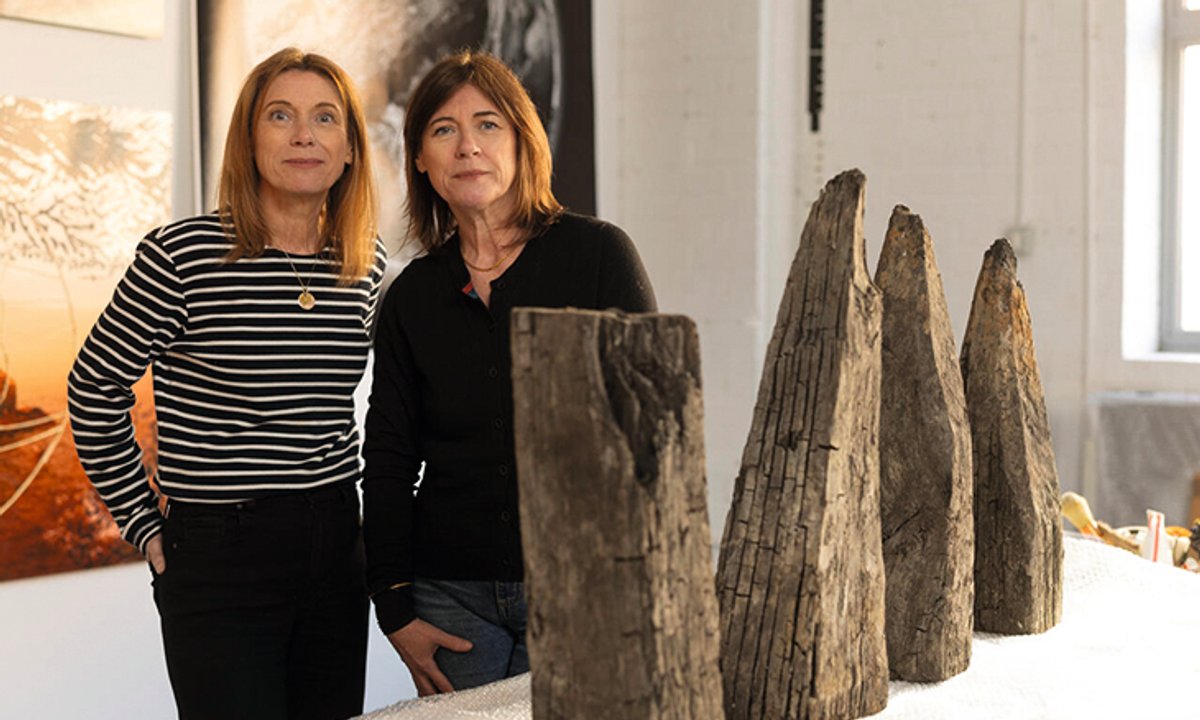
"The Walbrook River, a tributary marking the western edge of early Roman London, has recently become a focal point for archaeological discoveries, including Roman skulls and artifacts."
"London Mithraeum Bloomberg Space is set to showcase an exhibit featuring 2,000-year-old oak stakes and films as part of the Performance of Entrapment, addressing the significance of the Walbrook."
"Excavations by Mola from 2012 to 2014 revealed around 14,000 Roman relics and uniquely preserved timber, illustrating the historical impact of the Walbrook River on London's development."
"Sophie Jackson, director of developer services at Mola, notes the wet conditions of the Walbrook valley that help preserve artifacts by preventing decay from oxygen exposure."
London's lost rivers, particularly the Walbrook, carry archaeological significance, having been integral to Roman settlement. The Walbrook, thought to mark Londinium's western limit, has yielded numerous artifacts, including Roman skulls, during excavations at Bloomberg's European headquarters. The upcoming exhibit at the London Mithraeum will feature ancient oak stakes and layered artistic interpretations of the Walbrook. Sophie Jackson from Mola highlights that the wet conditions in the Walbrook valley aid preservation by blocking out oxygen, which prevents decay, thus revealing insights into early London.
Read at The Art Newspaper - International art news and events
Unable to calculate read time
Collection
[
|
...
]